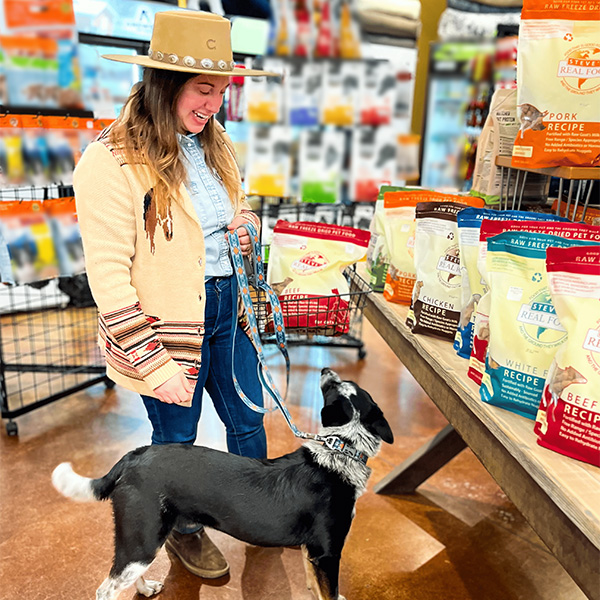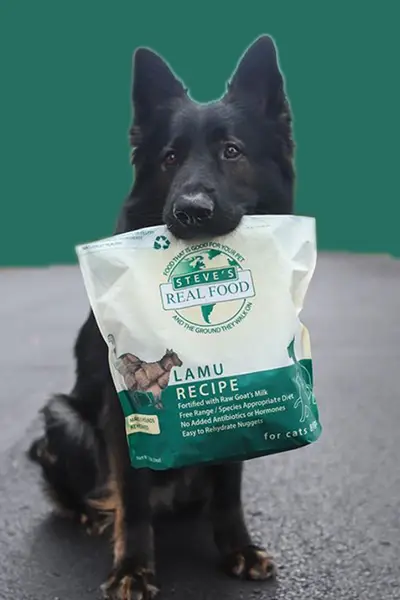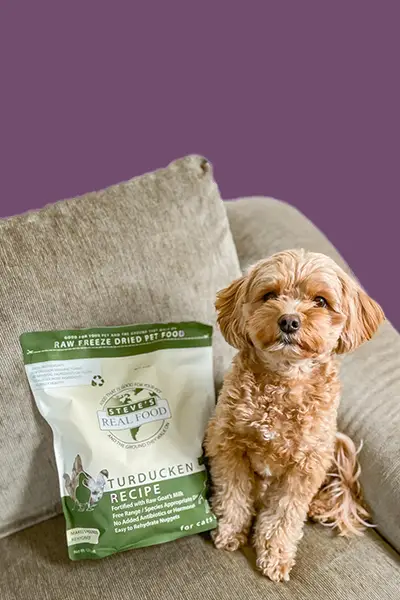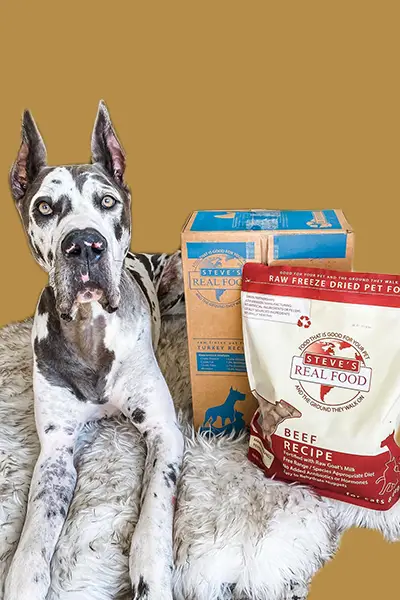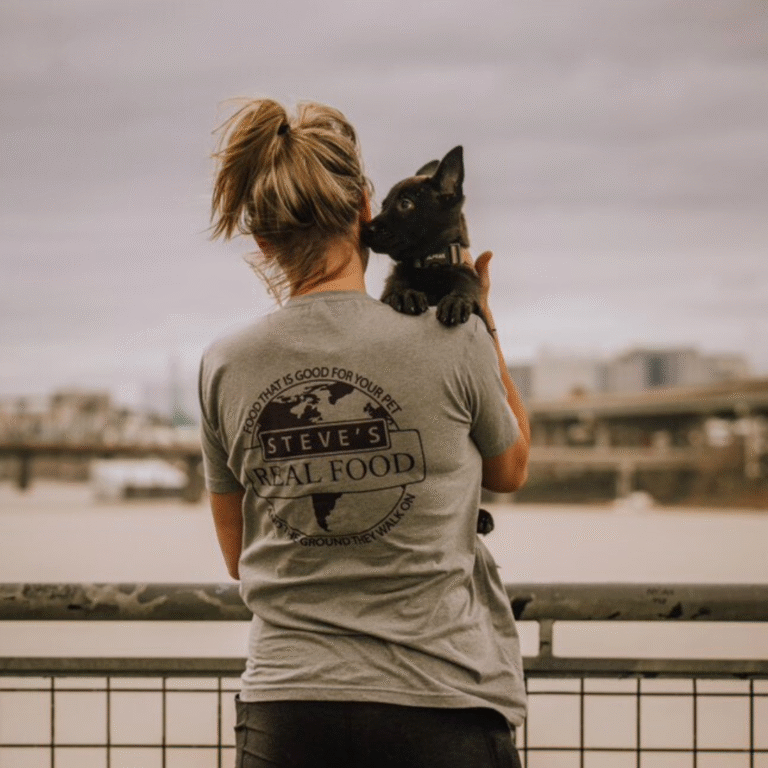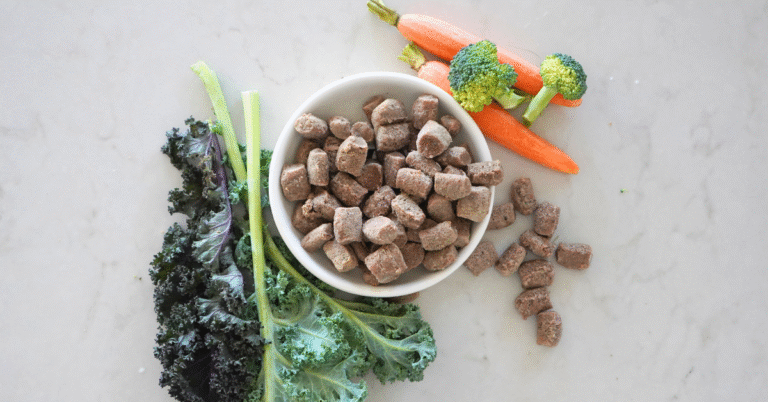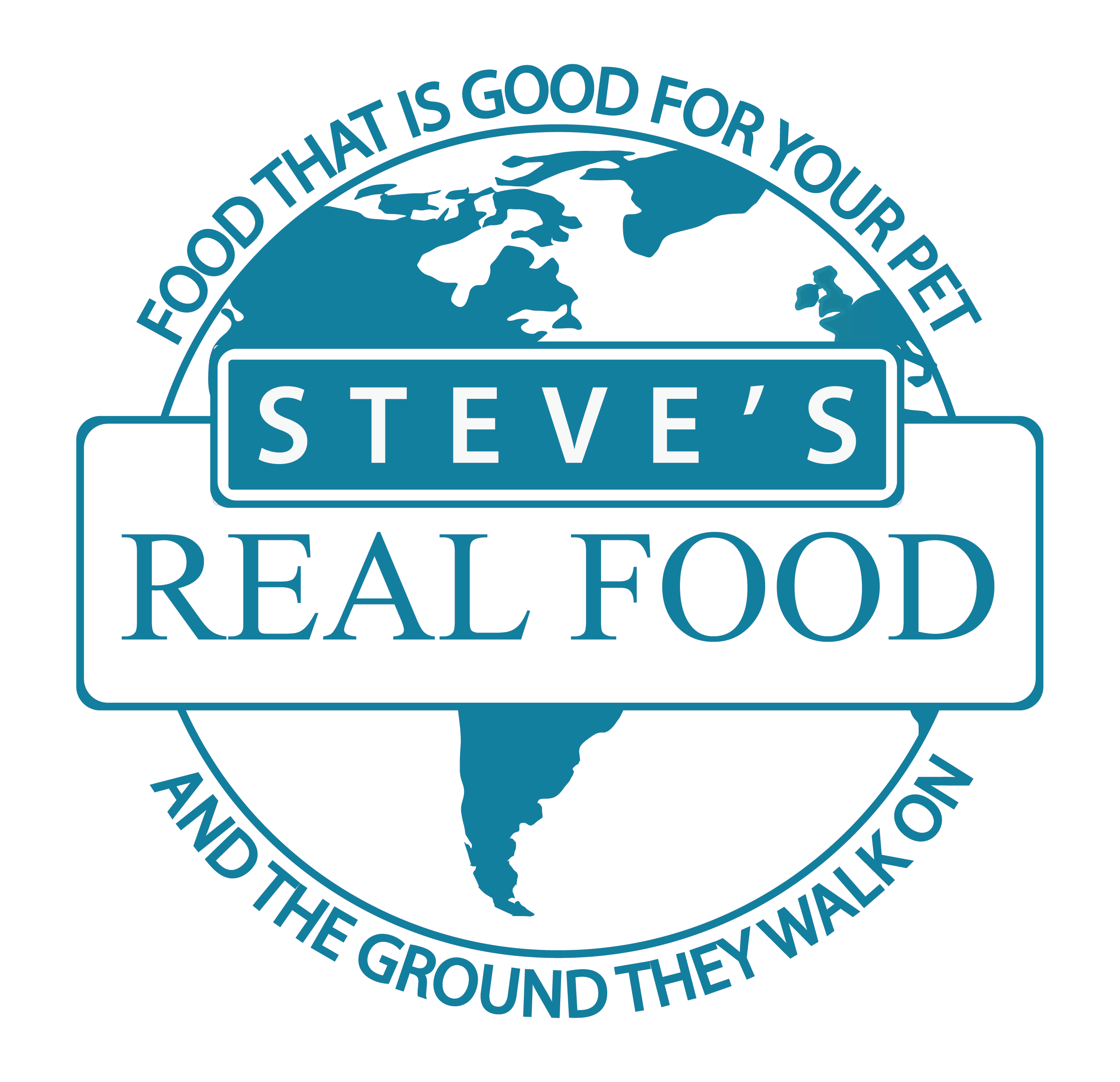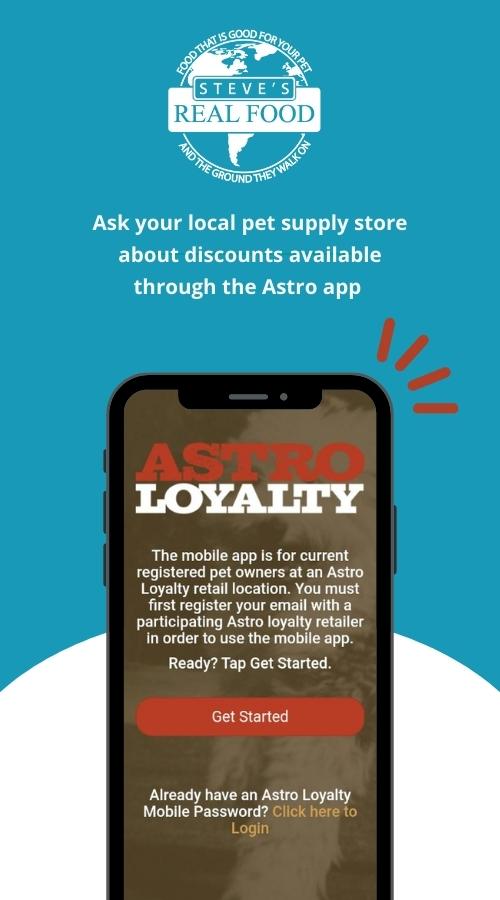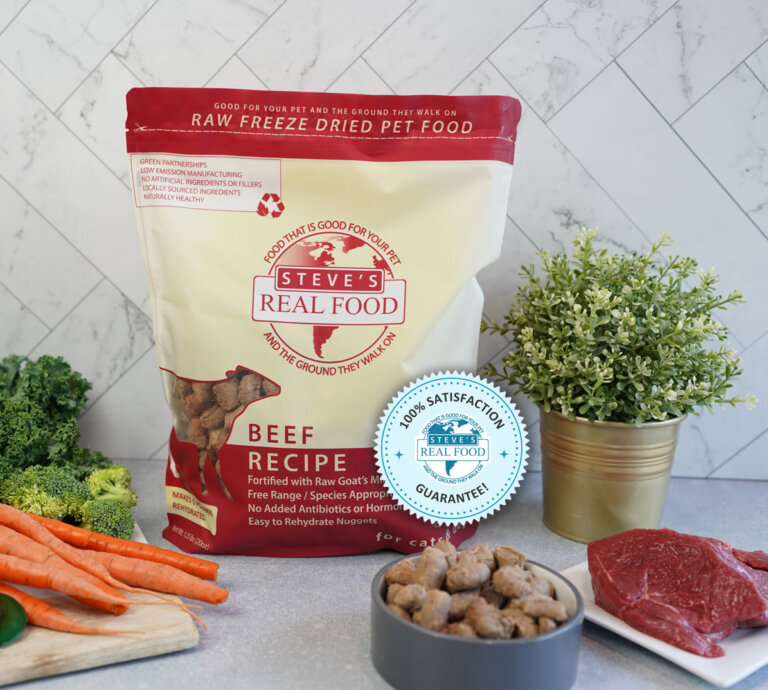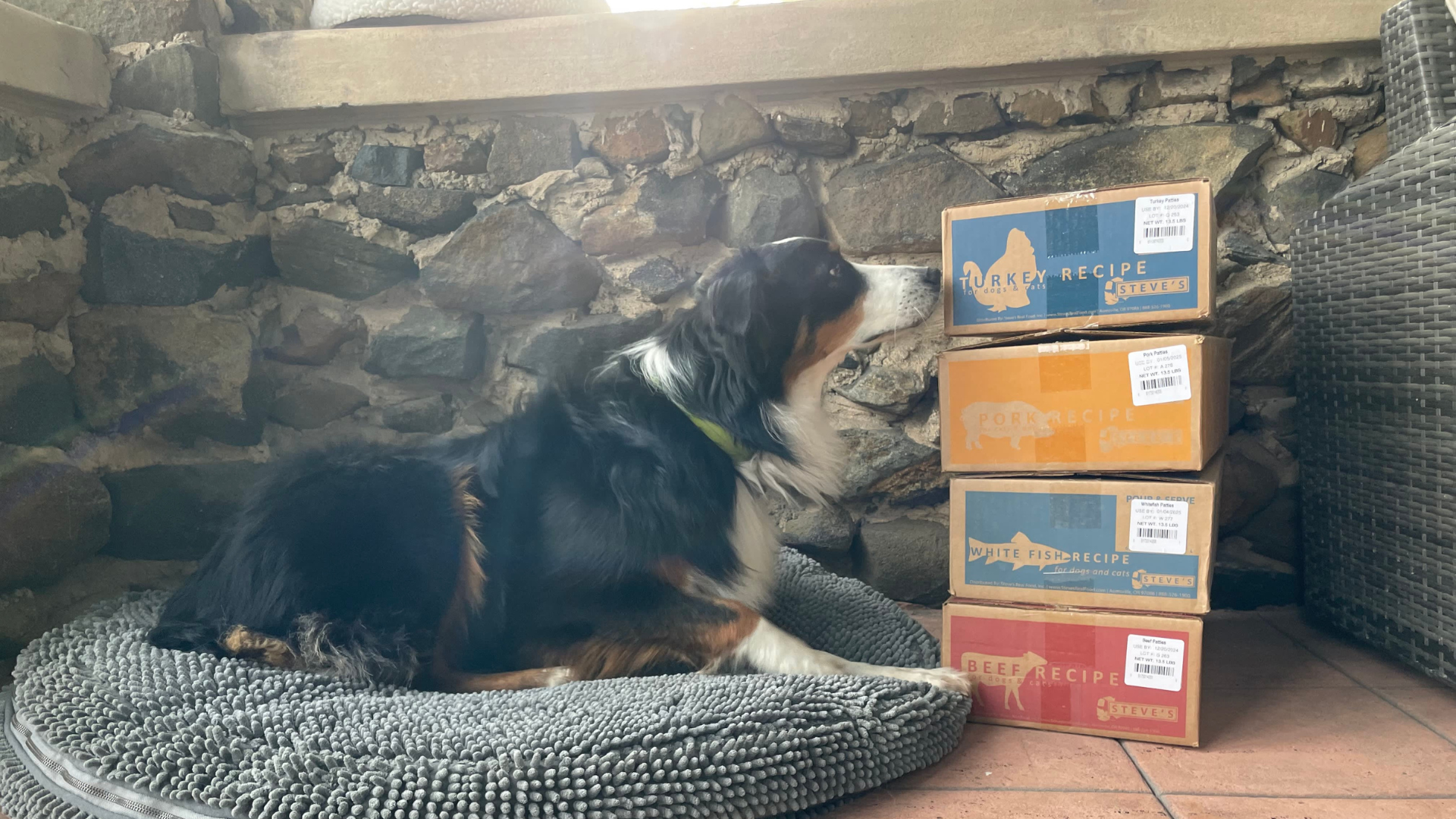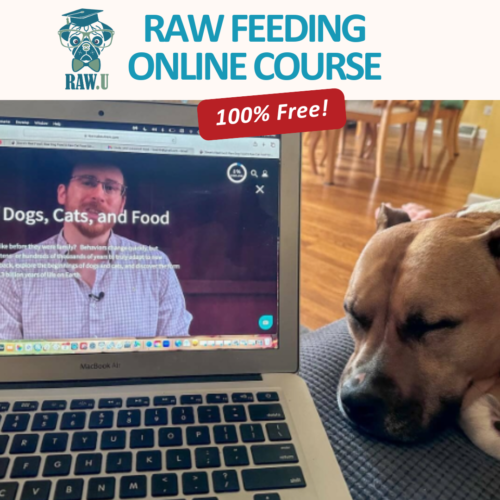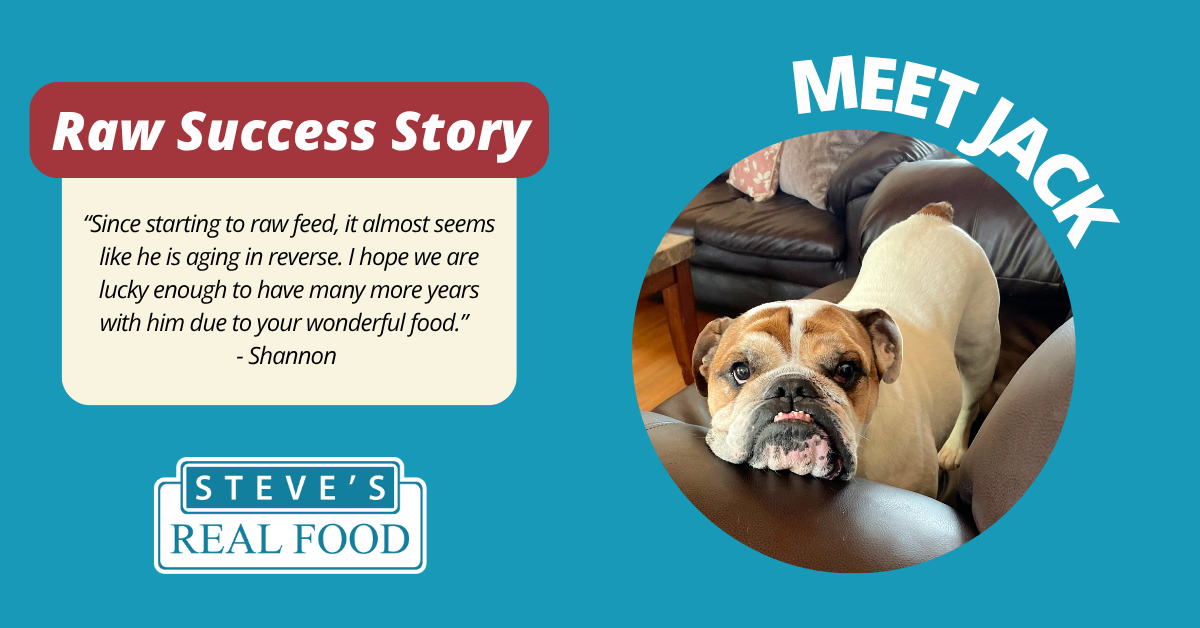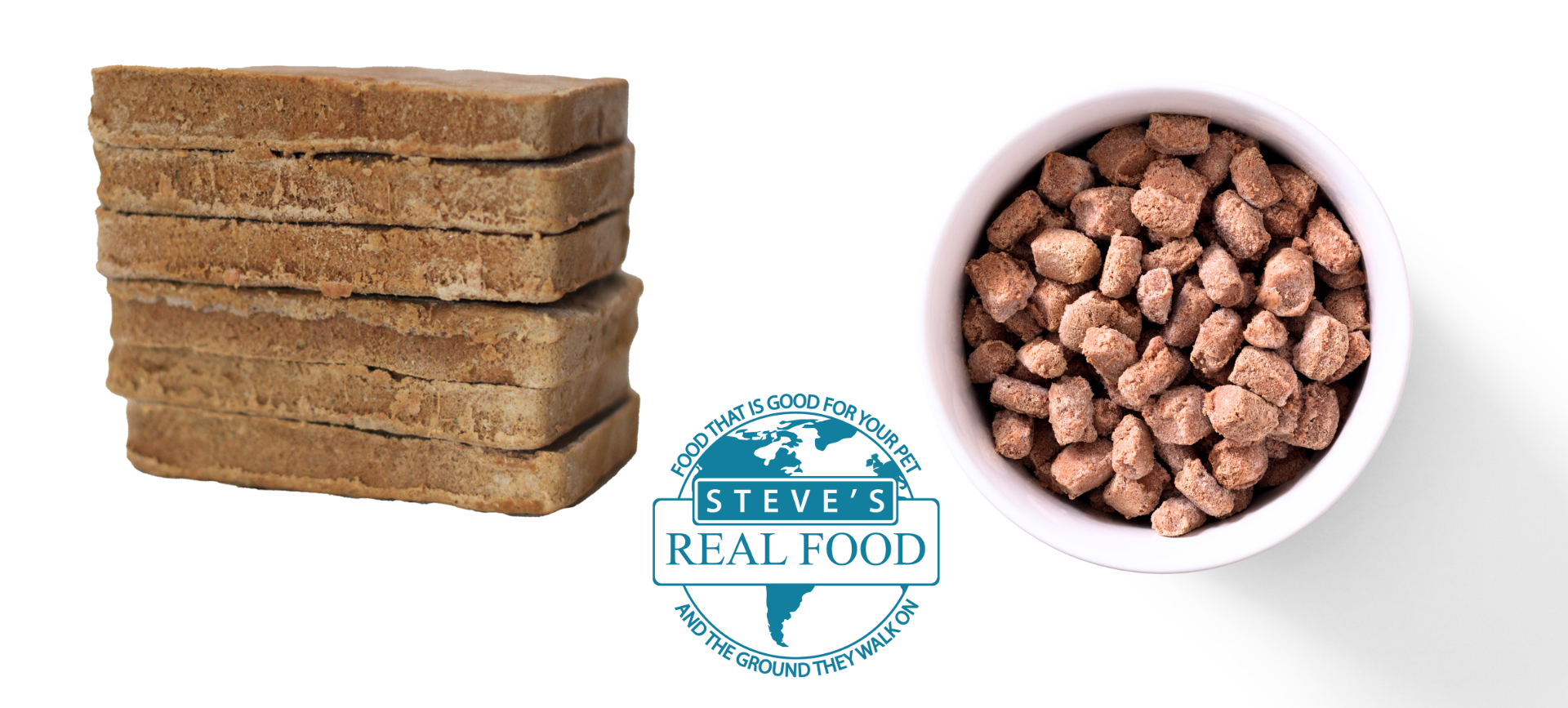Then: From Table Scraps to Kibble Convenience
Not that long ago, dogs and cats ate what was left over from the dinner table. There was no pet food aisle, and no special formulas. While that may sound unbalanced, it often meant pets were eating real food—meat, vegetables, bones—alongside their humans.
But as society shifted and people moved into cities, the need for convenience gave rise to the commercial pet food industry. Dry kibble was introduced in the 1950s and quickly became the standard. It was cheap to produce, easy to store, and advertised as a complete, balanced meal.
Behind the marketing, though, many of these foods were made with poor-quality ingredients, preservatives, and fillers—designed for shelf life, not long-term health.
Now: The Rise of Real Food Nutrition
Fast forward to today, and pet parents are savvier than ever. With more access to information and a greater understanding of nutrition, they’re asking tough questions about what’s actually in their pets’ bowls.
That curiosity has sparked a major shift. Raw feeding, minimally processed diets, and species-appropriate meals are gaining popularity—not just among holistic pet lovers, but mainstream pet parents who want to prevent chronic health issues and support longevity.
At Steve’s Real Food, we’ve been part of that movement since the beginning. We believe pets thrive when we feed them the way nature intended—with real, whole food that fuels their bodies the way raw diets do in the wild.
Next: The Future of Pet Food
So, where do we go from here?
The future of pet food will likely include more personalization. Technology like DNA-based nutrition may play a role in tailoring diets to an individual pet’s needs. We’re also seeing exciting developments in gut health, microbiome balance, and natural supplementation.
But as science moves forward, one thing is clear: we won’t be replacing real food. Innovation should enhance nutrition—not substitute it.
Pet parents are also demanding greater transparency and sustainability. Clean sourcing, local ingredients, and environmentally responsible packaging will become just as important as protein content. The brands that thrive in the next era of pet food will be the ones that combine innovation with integrity.
 Beef
Beef Chicken
Chicken Whitefish
Whitefish Pork
Pork Lamb
Lamb Turkey
Turkey Turducken
Turducken All Protein
All Protein Beef
Beef Chicken
Chicken White Fish
White Fish Pork
Pork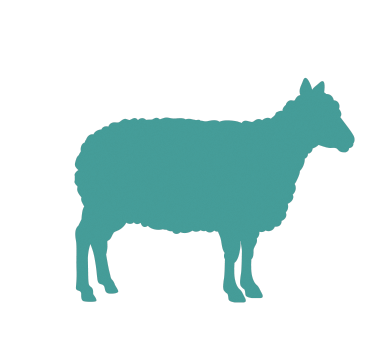 Lamb
Lamb Turkey
Turkey Duck
Duck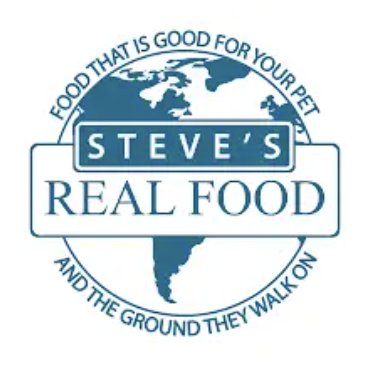 All Products
All Products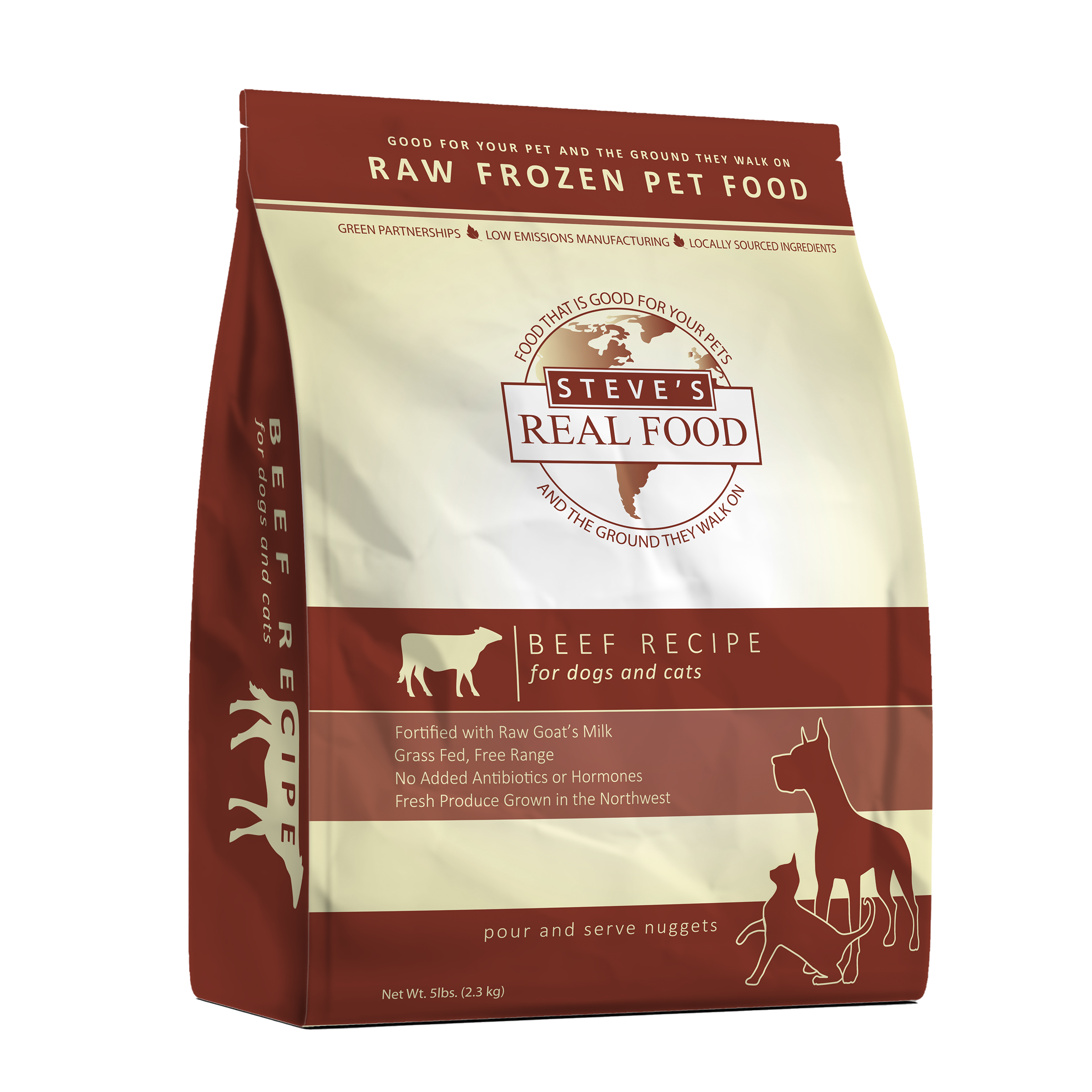 Frozen Raw Pet Food
Frozen Raw Pet Food
 Freeze Dried Raw Pet Food
Freeze Dried Raw Pet Food
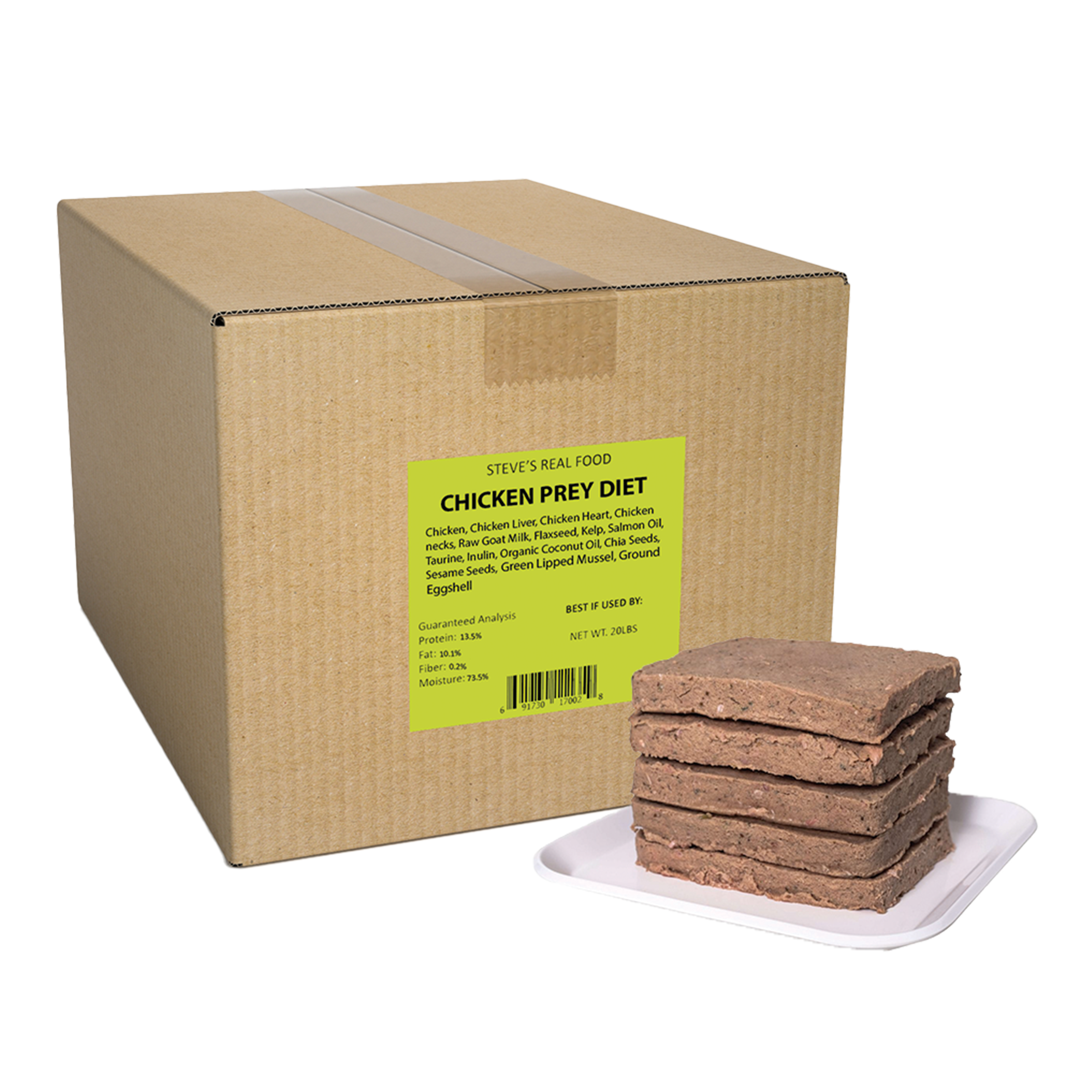 Frozen Prey Diet
Frozen Prey Diet
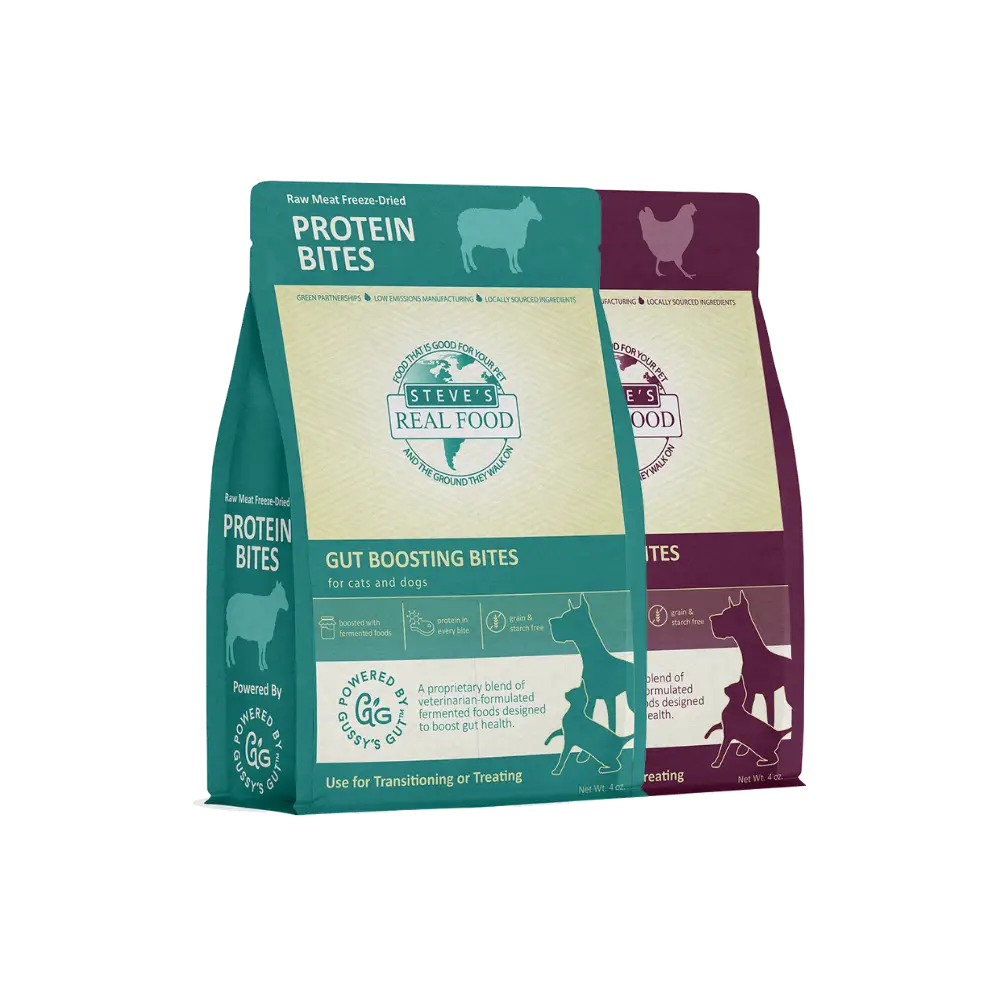 Freeze Dried Protein Bites
Freeze Dried Protein Bites
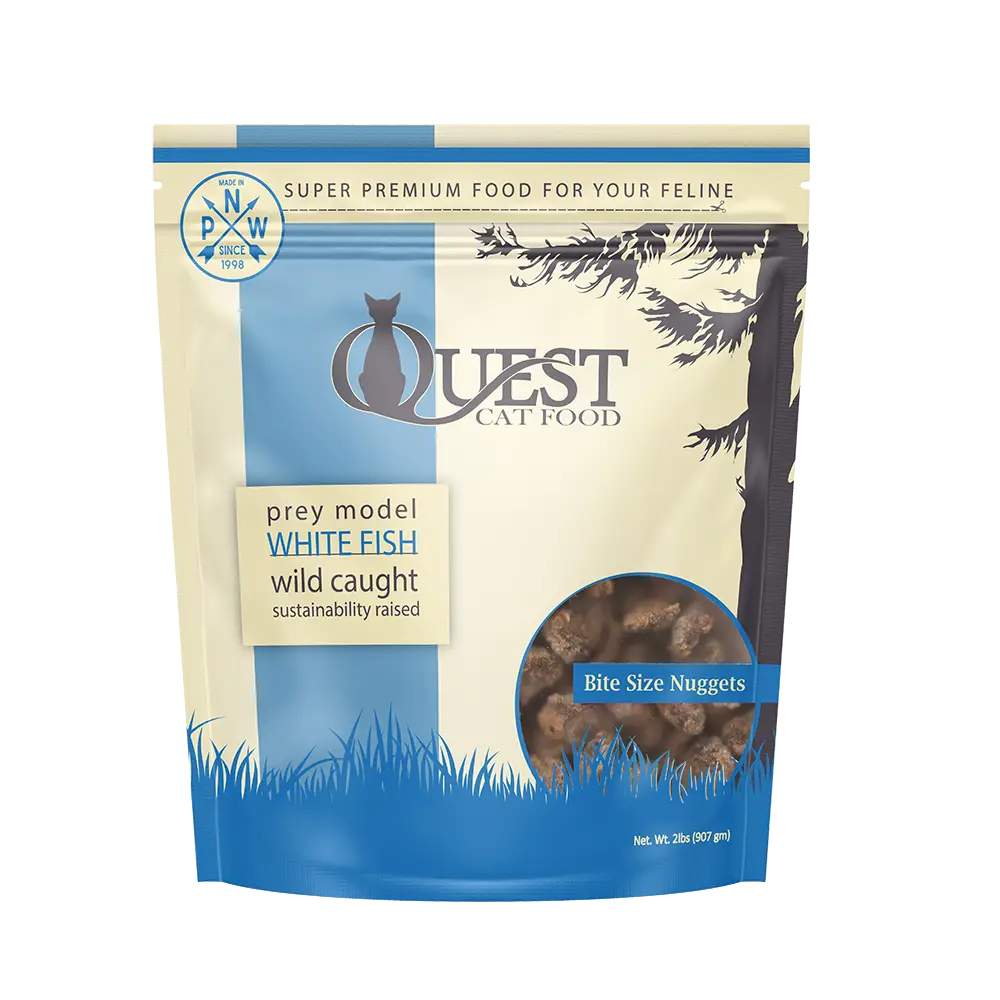 Frozen Quest
Frozen Quest
 Freeze Dried Quest
Freeze Dried Quest
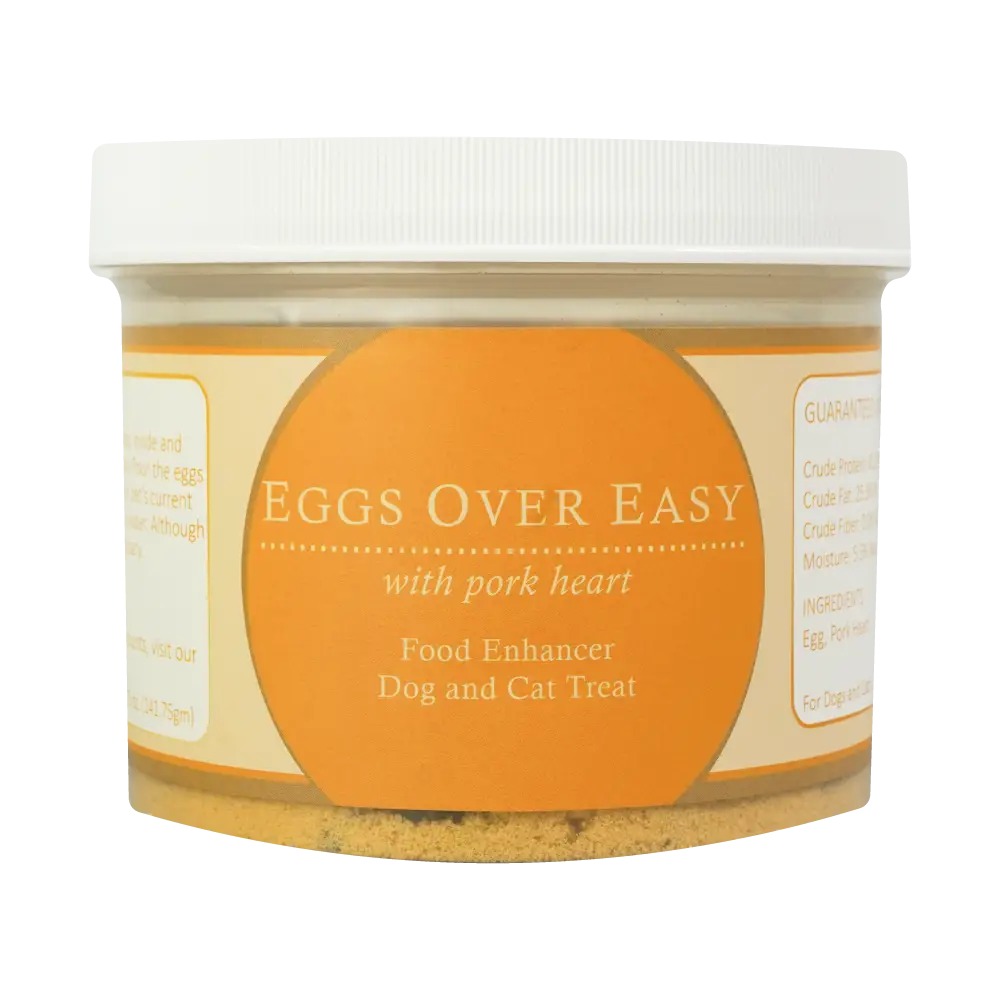 Eggs over Easy
Eggs over Easy
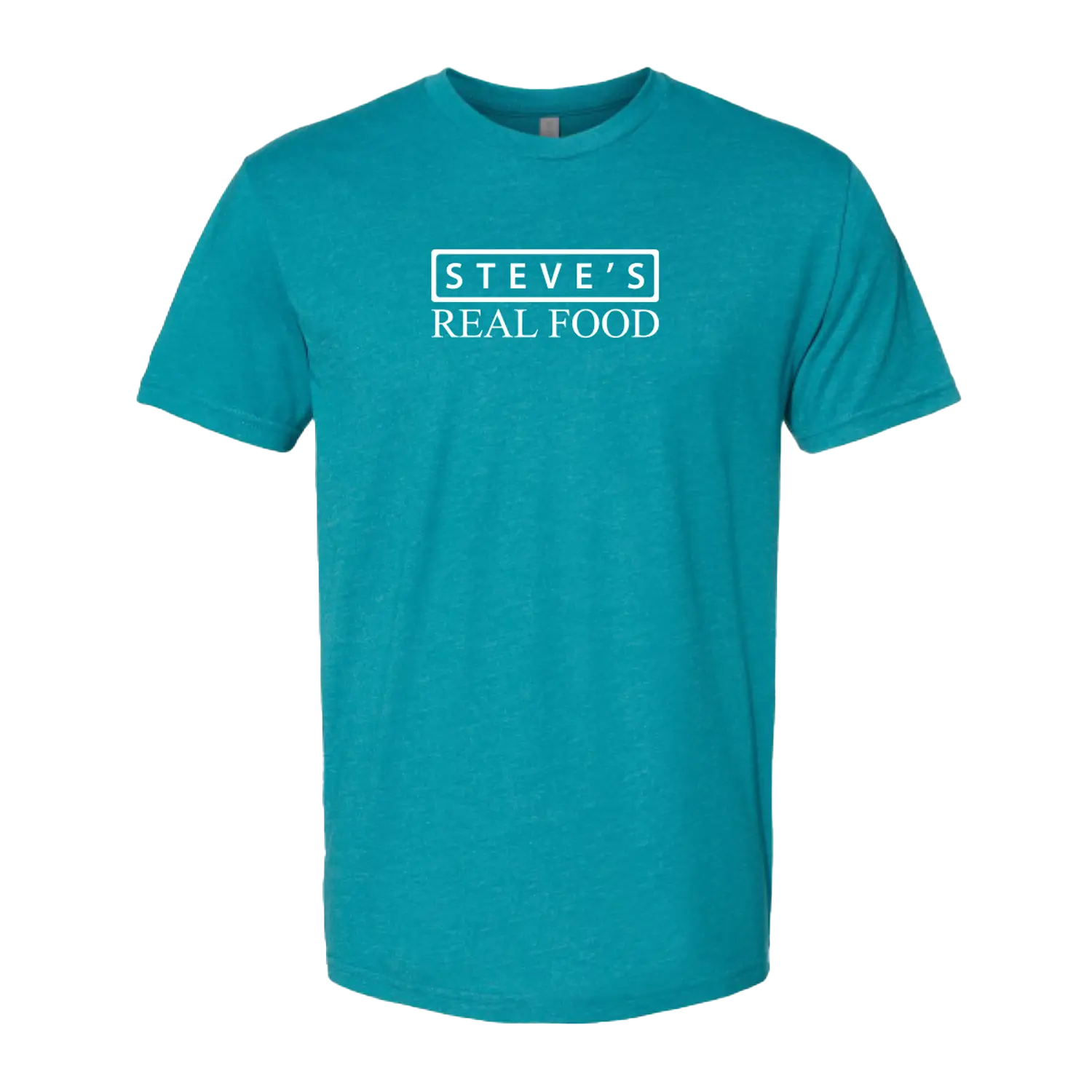 Steve's Merch
Steve's Merch 